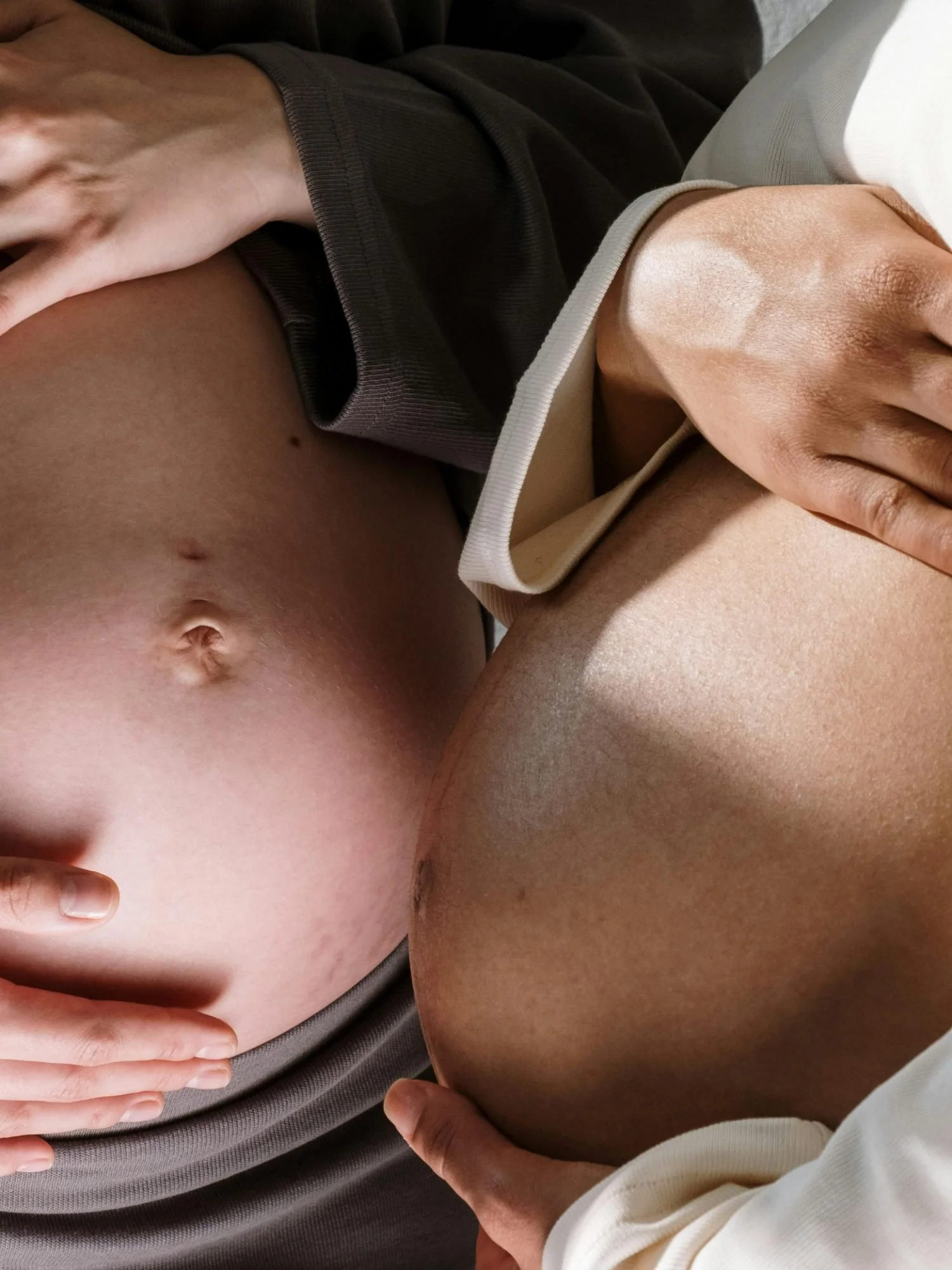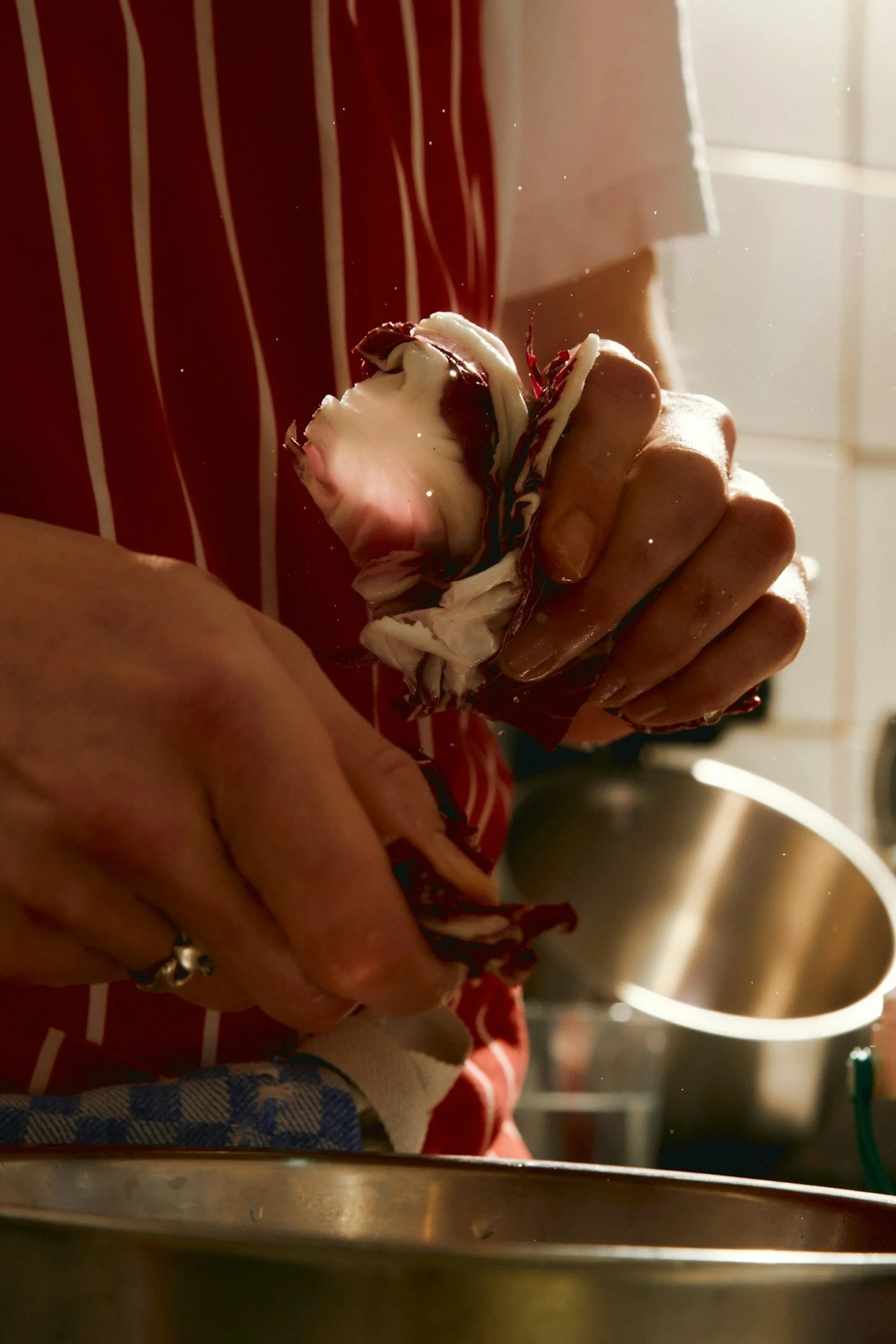1 in 5 Mothers Struggle Postpartum—Mother First is Here to Change That
According to the World Health Organization, the post-birth period is regarded as the most critical time for moms to stay healthy… for the rest of their lives.
But what do most new mothers get here in the U.S.? Disposable underwear, some ice chips, a pat on the back, and a “see ya, good luck.”
Sounds like a horror show to me.
How Other Cultures Support Mothers After Birth
I was born in Taiwan, where postpartum care for the mother is common sense based on Traditional Chinese Medicine principles that’s been practiced for millenia.
Called zuo yue-zi in Mandarin, meaning “sitting the month,” new mothers stay indoors for 40 days after birth, during which they’re taken care of by a yue sao (postpartum nanny) and follow a series of protocols, such as eating nourishing foods and not doing any strenuous physical activity.
The goal is to protect the new mother from future ill health and restore her strength, physically, mentally, and emotionally—while the postpartum nanny takes over things from cooking, cleaning, and taking care of the baby so that the mother can heal. In situations where there is no postpartum nanny, a family member or several family members would take on the role.
Even after immigrating to Vancouver, I watched women in our community fly in postpartum nannies from across the Pacific. Support after birth wasn’t optional—it was non-negotiable. The first thing my people do when becoming pregnant is not to create a baby registry, plan a gender reveal party, or decorate the nursery, but to ask “do you know a good postpartum nanny?” And to lock in one as soon as possible. The good ones are always high in demand.
Another option many opted to do was to fly themselves back to Taiwan months prior to their delivery date so they can take advantage of well-established postpartum care centers there.
When I began contemplating pregnancy in the U.S., the first thing I wanted to do was to figure out my postpartum plan—before I even got pregnant. Surely there must be better ways by now.
Perhaps I don’t have to fly anyone, myself or a nanny, across the Pacific.
But what I found was non-existent at worst and disappointing at best: fragmented advice, piecemeal information, and no comprehensive framework for what mothers actually need after birth.
No collective understanding that the mother’s wellbeing is essential.
No cultural insistence that a woman deserves the same care, if not more, after birth as before.
Even the people who have heard of “the first 40 days” only seem to think about food and recipes and nothing more, as if food alone is enough to take care of a mother recovering from giving birth.
Through my research of traditional postpartum care practices around the world, I’ve discovered that ancient people across cultures knew the healing required for a new mother was beyond just physical—it’s also emotional, mental, and spiritual.
They saw the mother holistically, as a whole human going through a major life transition, not just as a patient who required medical treatment only if there were acute symptoms.
The Reality for Postpartum Mothers in the U.S.
I’ve spoken to countless women and most had no idea what to expect after birth. They didn’t know what options were available, what support could look like, how to ask for help, or that they could even ask for help.
Many describe the same moment: home with a newborn, exhausted and overwhelmed, realizing that nobody had prepared them for this part.
The more I spoke to them, the more I realized what I knew intuitively to be true: most women are not equipped with the knowledge and tools to have a supported transition into motherhood.
The statistics speak for themselves:
1 in 5 mothers experience postpartum mental health conditions—including depression, anxiety, PTSD, and more.
85% of new mothers go through the “baby blues,” with symptoms like emotional sensitivity, weepiness, and overwhelm.
75% percent remain untreated, leaving maternal mental health conditions unaddressed at a cost of $14 billion annually in the U.S. alone.
Behind every statistic is a woman who deserves more—more knowledge, more preparation, support.
The kind of knowledge, preparation, and support that I naturally had and understood because of where I was born. But I believe that what happens to a woman after giving birth should be just as thoughtfully considered, beautifully designed, and well celebrated as pregnancy itself, regardless of where you are from.
I began to wonder, why is it that in this age of information overload—where there is information for everything under the sun—is the information on how a woman can prioritize her wellbeing in the most critical period of her life so lacking?
The Gap Between Ancient Wisdom and Today
In the West, colonialism, industrialization, and the medicalization of birth stripped these practices away. Anything beyond treating the physical body of acute symptoms is seen as “woo-woo”, pseudo-science, or even witchcraft.
Thankfully, as science progresses, more and more research has shown that many of these ancient cultural practices have scientific merit.
I’m not saying that one is better than the other, or that we should follow ancient practices completely.
Not at all.
Rather, everything needs to come together and work hand in hand in a modern way to ensure the optimal experience for a new mother today.
This is where Mother First begins.
To share global wisdom, expert insight, and lived stories from around the world, so that together we can come to the collective understanding that postpartum care isn’t a luxury, but a baseline for human flourishing.
Our goal is to ensure becoming mothers walk into this transition not blindfolded, but empowered.
When women have access to clear, trustworthy information about their wellbeing and their choices, everything shifts. They can design a postpartum experience that fits their reality, budget, and values—instead of defaulting to the absence of care that too many experience and accept as the “norm.”
Enough people are worried about the baby. It’s time to focus on you.
Whether you’re contemplating motherhood, navigating pregnancy, or adjusting to life after birth, Mother First is here to meet you where you are.
Explore ways to prioritize you:
THE DISPATCH - Weekly newsletter sharing global research, tools, and insights that put you first.
THE LEDGER - Living glossary of postpartum terms and practices, both modern and ancestral.
THE JOURNAL - Research-based journal, where articles like this one deepen the conversation.
Together, these resources form a blueprint for the modern mother—restoring what has been lost, while reimagining what support can look like for you based on your needs.





